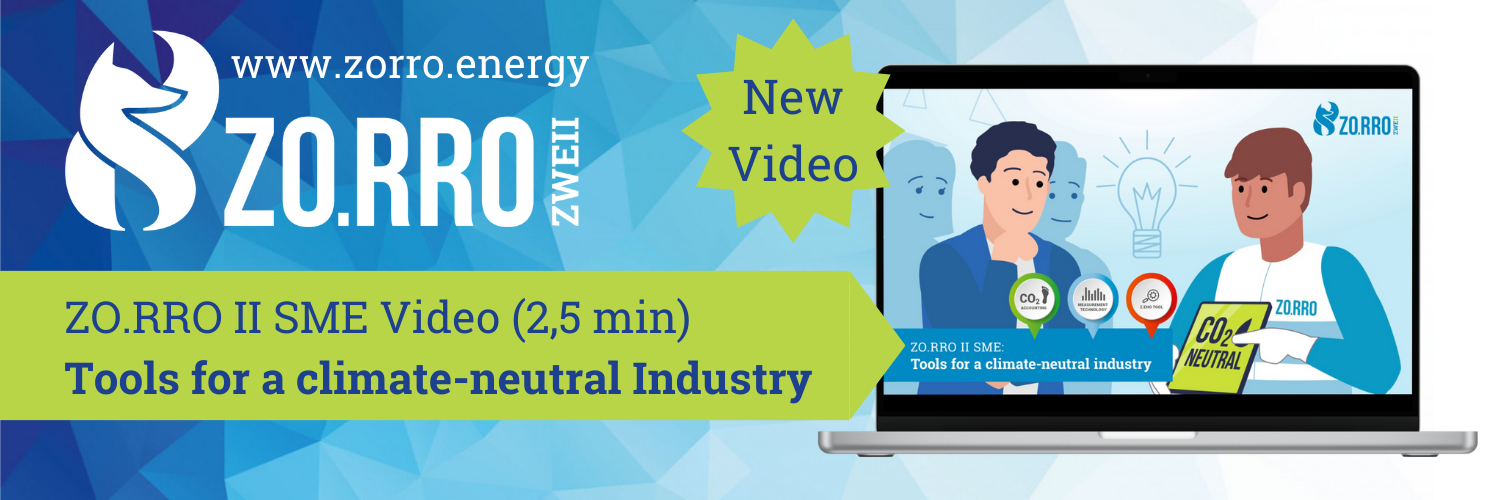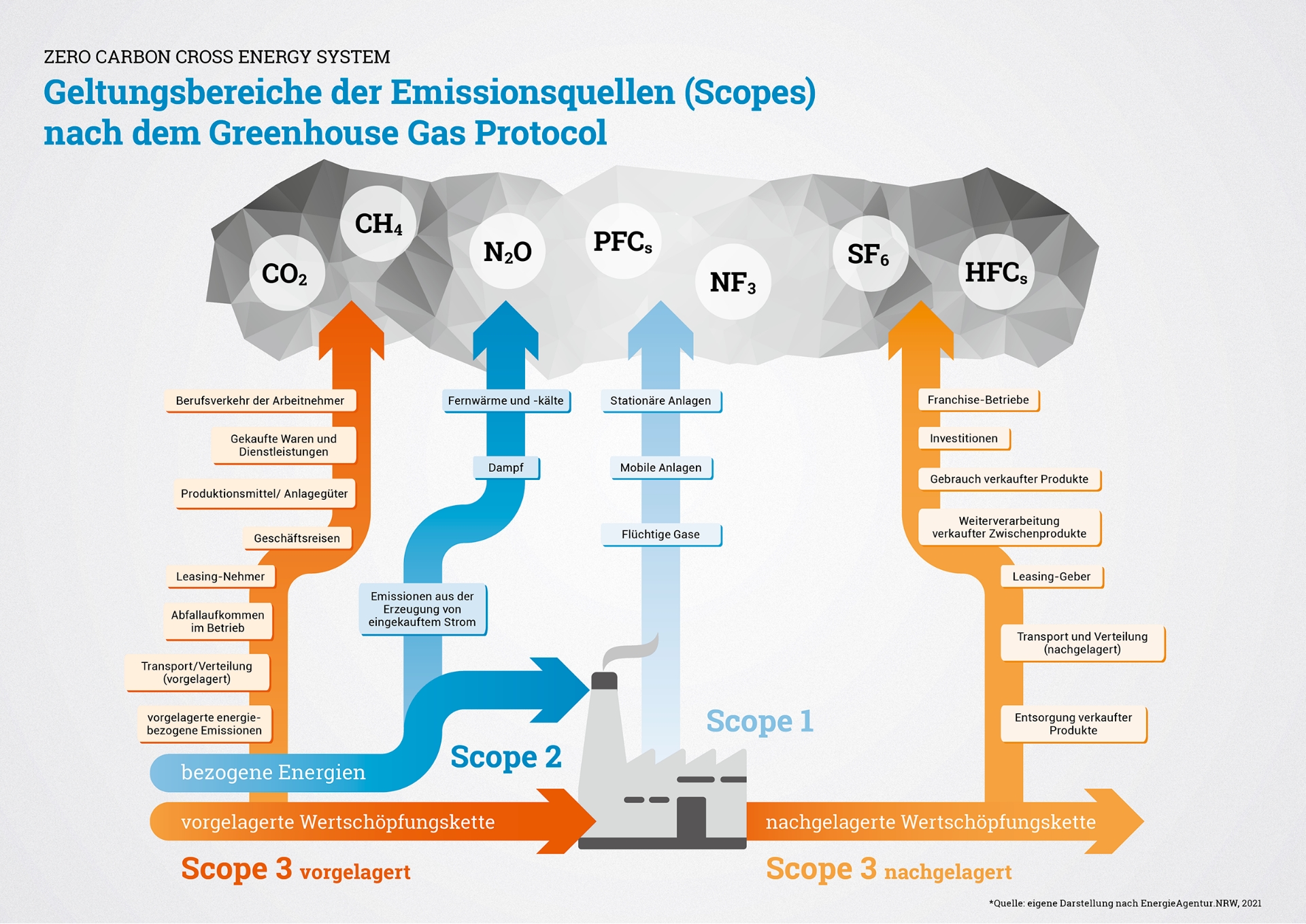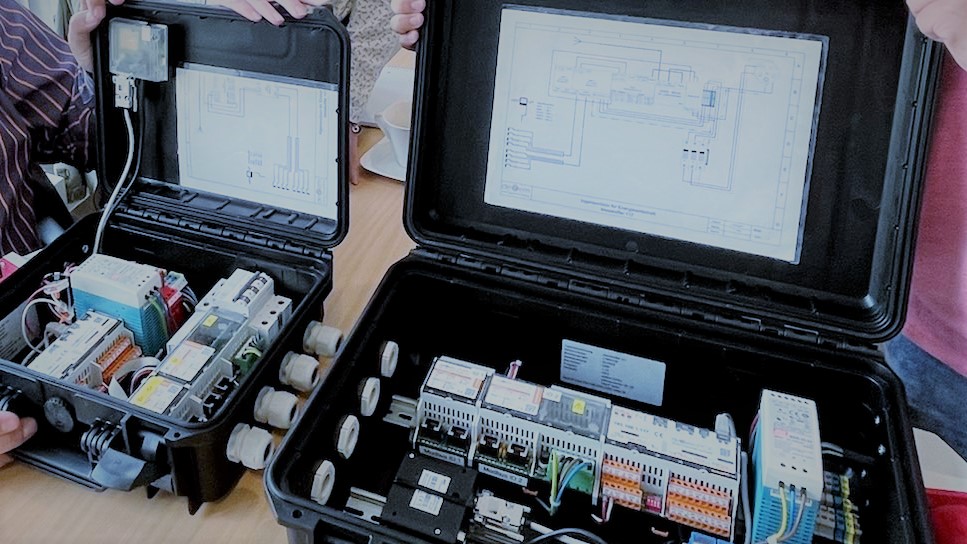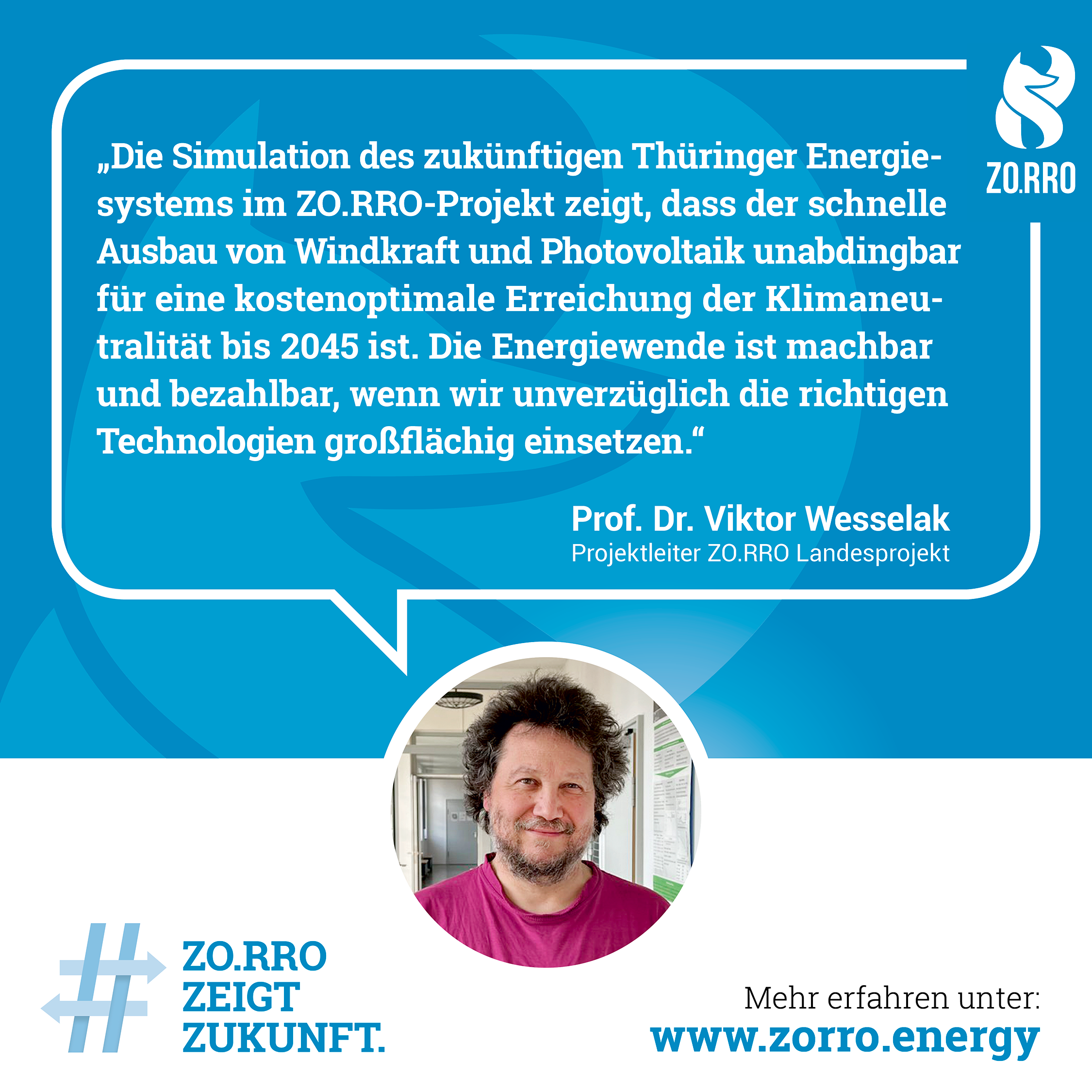Tools
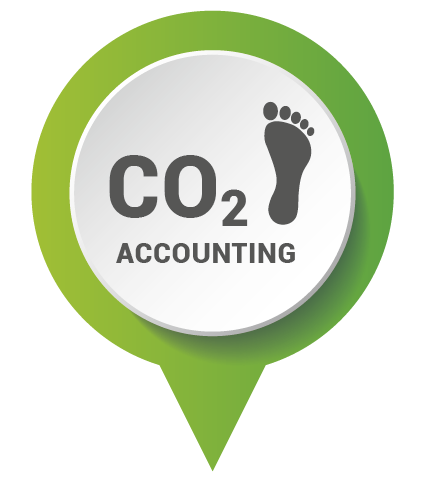
1. CO2-Accounting
Greenhouse gas accounting for the company, production processes or products
Easy Reporting according to the Greenhouse-Gas-Protocol (GHG)
Detection of CO(2)-emissions
Detailling with measured data
Your contact: Christopher Krich (ThEEN)
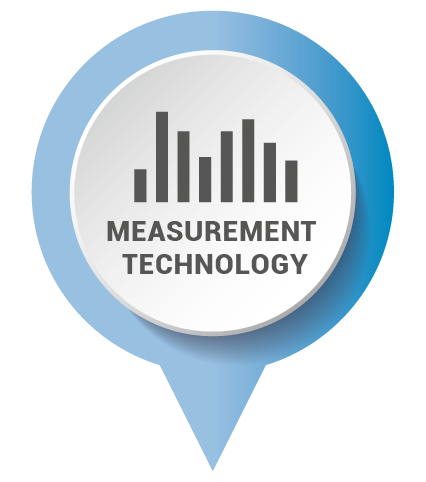
2. Measurement Technology
Detailed acquisition of energy consumption and CO(2)-emissions with visualization in realtime
Evaluation of the energy profile
Usage of acquired data for monitoring, CO(2) balancing via ecocockpit and energy system modeling
Your contact: Christoph Frenkel (ThEEN)
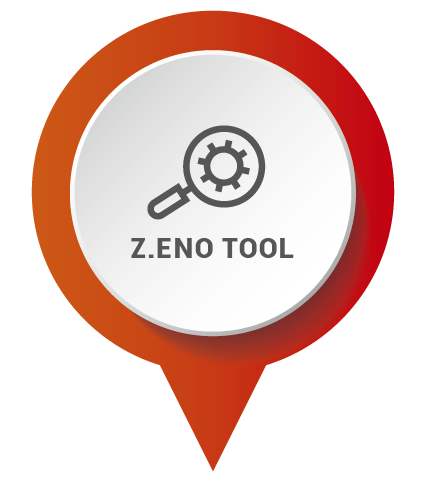
3. Z.ENO-Tool
Z.ENO = ZO.RRO ENergy Optimization Tool, based on awarded and tested Simulation Tool developed by Nordhausen University of Applied Sciences (open-source)
Determination of optimal climate-neutral energy supply for companies, regions, municipalities
sensivity analysis, technology selection, energy sources
Output: Individual Action-Roadmap
Your contact: Christopher Krich (ThEEN)
CO2-Balancing via ecocockpit
Important basis for the minimization of greenhouse gases is the knowledge about where, how much is emitted. ZO.RRO II uses the online tool "ecocockpit" provided by the state of Thuringia for CO2 balancing for participating companies. ecocockpit enables a CO2 balance as a verification according to the three scopes (categories of emission sources) of the internationally applied "Greenhouse Gas Protocoll" (GHG Protocol). A distinction is made between
Direct emissions (Scope 1, e.g. natural gas combustion)
Indirect emissions (Scope 2, e.g. through purchased energies such as electricity, heat)
Emissions from the upstream and downstream value chain (Scope 3 - extensive consideration of emissions through e.g. raw materials used, downstream transport routes, recycling of products, etc.)
ZO.RRO practice partners are supported in the creation of the basic setup, the selection of scopes and relevant level of detail, and the identification of values that need to be calculated beforehand. Obtained data from the ZO.RRO measurement technology is incorporated into the analysis and enables a realistic determination of the company's CO2 emissions. As a result, a company's largest CO2 sources can be determined and a sustainability report and certificate can be produced. A differentiated analysis by product, location or process is possible.
ZO.RRO Measurement Technology
Added values & services of ZO.RRO measurement technology:
Detailed recording of energy consumption and CO2 emissions according to individual measurement concept
visualization in real time accessible for the company & ZO.RRO team
Measurement duration: approx. 1 year
Enables optimized calculations with own data
Data flows into energy system calculator & CO2 balance with ecocockpit
Z.ENO - Energy System Modeling
In the first phase of the energy project ZO.RRO (Zero Carbon Cross Energy System), Nordhausen University of Applied Sciences has developed a unique digital tool as open source software. The result: an energy system model that can calculate transformation paths and scenarios for a climate-neutral energy supply. Using Thuringia as an example, it was shown how the goals of the Thuringian Climate Act can realistically be achieved using certain technologies.
The Z.ENO Tool based on this open source software can now also be used not only for other federal states, regions and municipalities, but also for energy suppliers and companies, and it supports them with scientifically based scenarios to define binding expansion targets and transformation paths. That is why, this development was awarded with the Thuringian Digital and Open Source Prize 2022 on 25 June 2022 by the Thuringian Ministry of Economy, Science and Digital Society. As such, the new ZO.RRO tool is already widely used.
In the ZO.RRO II state project, the energy flows and CO2 emissions are determined, analyzed and visualized for each of the practice partners by means of an energy system model. By step-by-step programming of scenarios, into which measurement data of the ZO.RRO measurement technology flow, it is individually calculated which technologies that enable a CO2-minimal energy supply. The goal is a realistic, cost-optimal system design to cover the energy demand of the given company at any time.


